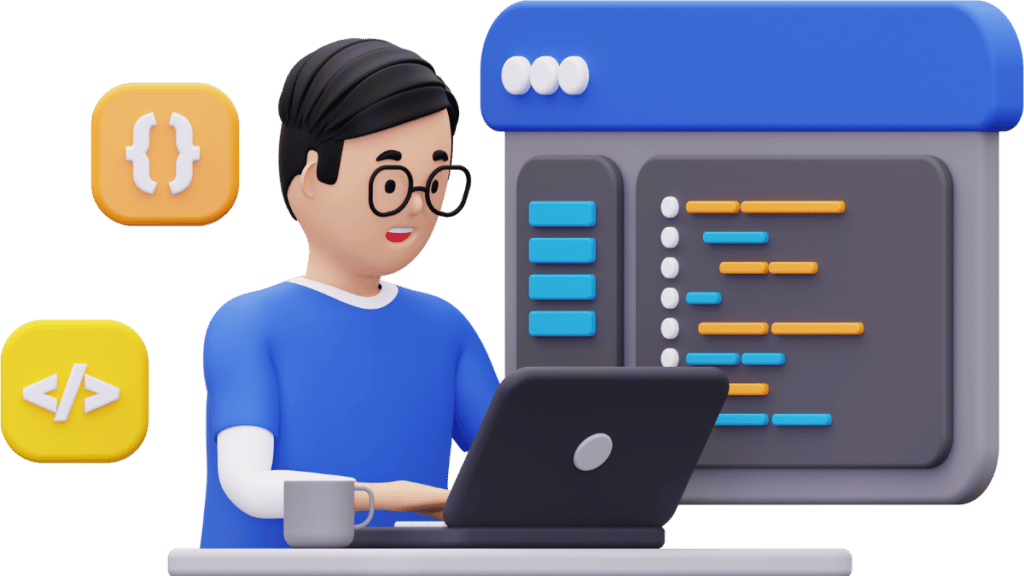Take your Python skills to the next level with this expert guide on mastering the 9.3 code. Whether you’re a seasoned programmer or just starting, this guide will show you the ins and outs of the latest features in Python and provide you with the tools and techniques to become a pro-Python programmer. So, don’t wait. Start your journey to Python excellence today! We covered tips and tricks on How to practice the 9.3 Code in Python.

The 9.3 code is a version of the Python programming language, and it’s crucial for anyone looking to build a career in software development or data science. Python is a versatile language that’s easy to learn, making it ideal for beginners, but its vast library and advanced features also make it popular among experienced programmers. Whether you’re new to programming or looking to improve your Python skills, this article will provide you with the tools and strategies you need to succeed.
If you want to know How to implement D- wave and Qbsolve read our guide. It will help you to grow and become a pro python programmer.
Understanding the 9.3 Code
Before you start practicing, it’s essential to understand what the 9.3 code is and what it can do. The 9.3 code is a version of Python that was released in 2020 and included many new features and improvements. This version includes improvements to the standard library, performance enhancements, and bug fixes.
One of the most significant changes in the 9.3 code is the introduction of a new syntax for type annotations. This feature makes it easier to write type-safe code and reduces the risk of bugs. Additionally, the 9.3 code includes new built-in functions and modules that make working with dates and times, text, and other data types easier.
Setting Up Your Development Environment
Once you’ve familiarized yourself with the 9.3 code, setting up your development environment is next. You’ll need to download and install the latest version of Python, which you can do from the official Python website.
Once you’ve installed Python, it’s a good idea to use an Integrated Development Environment (IDE) to write and manage your code. An IDE software application provides a comprehensive coding, testing, and debugging environment. Some popular IDEs for Python include PyCharm, Eclipse, and Visual Studio Code.
Learning the Fundamentals
The next step in your journey to mastering the 9.3 code is learning Python fundamentals. To do this, you’ll need to start by understanding the syntax and structure of the language. Python uses indentation to delimit blocks of code, so it’s essential to understand how to use indentation correctly.
Once you’ve learned the syntax, it’s time to start working with variables, data types, and control structures. Variables are the building blocks of any program, and you’ll use them to store data and manipulate it. Python supports several data types, including numbers, strings, and lists.
Control structures are the mechanisms you use to control the flow of execution in your programs. In Python, you can use control structures like if-else statements and for loops to make decisions and repeat actions.
Practicing with Exercises and Projects
Now that you’ve learned the fundamentals, it’s time to put your skills to the test with some practical exercises and projects. One of the best ways to do this is to work through a series of coding challenges. You can find many resources online, including websites like LeetCode, HackerRank, and Codewars.
Another way to practice is by working on projects. Projects can range from small scripts to full-fledged applications, allowing you to apply the concepts you’ve learned and build your portfolio. To get started with a project, think about a problem you’d like to solve and devise a plan for how to build a solution.
Staying Up-to-Date with the Latest Trends and Technologies
Finally, staying up-to-date with the latest trends and technologies in the Python and software development worlds is essential. This will improve your skills and help you stay ahead in the job market. You can do this by regularly reading articles and blogs, attending tech conferences and meetups, and participating in online communities like forums and discussion groups.
Additionally, consider expanding your skill set by learning additional technologies and frameworks. For example, if you’re interested in data science, consider learning about NumPy, Pandas, and Matplotlib. If you’re interested in web development, consider learning Django or Flask.
Mastering the Art of 9.3 Code
In conclusion, the 9.3 code is a powerful and versatile version of Python essential for anyone looking to build a career in software development or data science. By understanding the fundamentals of the language, practicing with exercises and projects, and staying up-to-date with the latest trends and technologies, you’ll be on your way to becoming a Python expert in no time. So, start your journey today, and who knows, you might be the next big thing in the tech industry.

